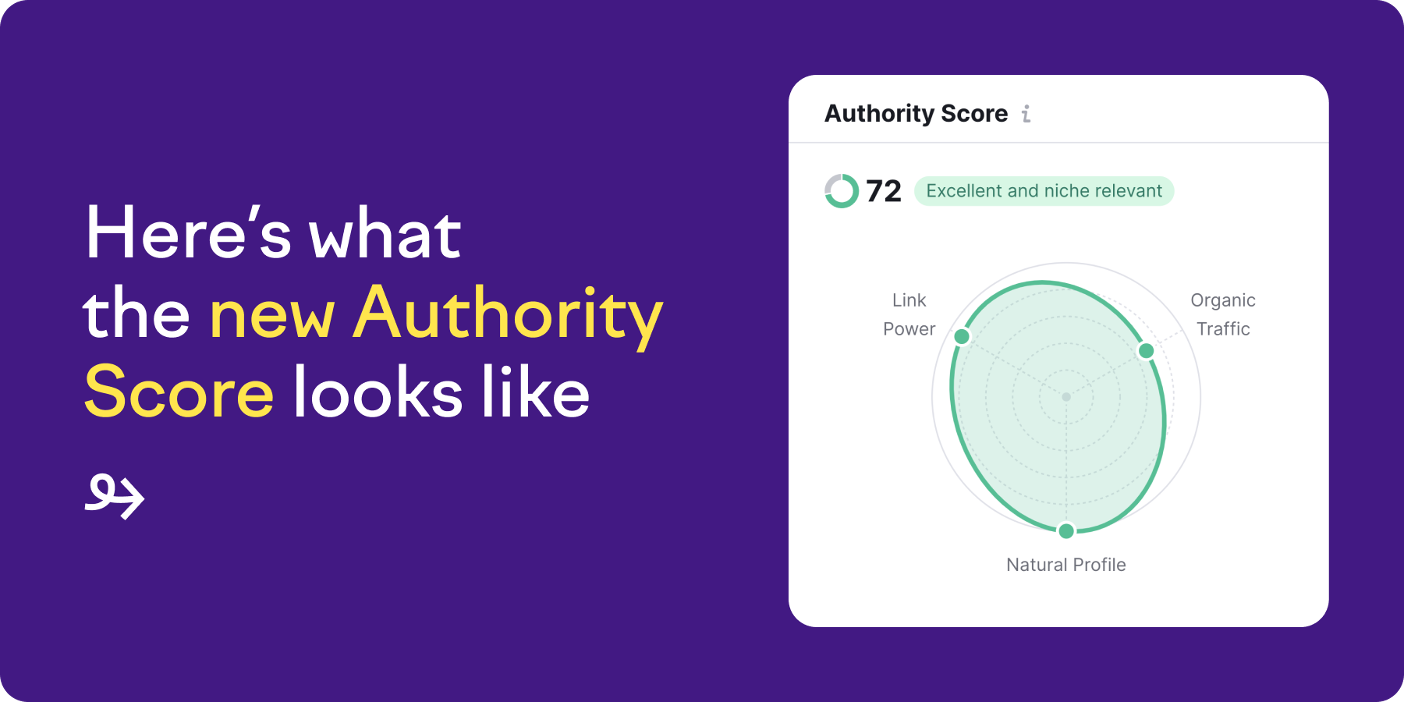Introduction
Search engine optimization (SEO) is a vital component of any successful digital marketing strategy. One of the key elements of SEO is creating high-quality, SEO-friendly content. SEO-friendly content is content that is optimized to rank well in search engine results pages (SERPs) and to provide value to the user. In this article, we’ll explore tips and best practices for creating SEO-friendly content that will help your website rank higher in SERPs and drive more traffic to your website.
- Conduct Keyword Research
Keyword research is the foundation of SEO-friendly content. Keyword research involves identifying the keywords and phrases that your target audience is searching for in search engines. Once you’ve identified these keywords, you can use them to optimize your content and make it more visible to your target audience.
When conducting keyword research, it’s important to use tools such as Google Keyword Planner, Ahrefs, or SEMrush to identify relevant keywords for your industry. You should also consider the intent behind the keywords to ensure that your content is providing value to the user.
- Use Title Tags and Meta Descriptions
Title tags and meta descriptions are HTML elements that provide information about your content to search engines. The title tag is the title of your webpage, and the meta description is a short description of your webpage. Both of these elements are essential for optimizing your content for search engines.
When creating title tags and meta descriptions, it’s important to include your target keywords and provide a clear and concise description of your content. Title tags should be no more than 60 characters, and meta descriptions should be no more than 160 characters.
- Create High-Quality Content
High-quality content is essential for SEO-friendly content. When creating content, it’s important to focus on providing value to the user. This can be in the form of informative blog posts, helpful how-to guides, or engaging videos. The content should be well-researched, well-written, and free of errors.
In addition to providing value to the user, high-quality content also signals to search engines that your website is authoritative and relevant. This can improve your website’s ranking in SERPs and drive more traffic to your website.
- Use Header Tags
Header tags are HTML tags that provide a structure to your content. Header tags range from H1 to H6, with H1 being the most important. When creating content, it’s important to use header tags to provide a clear structure to your content and make it easier for users to read.
In addition to providing a structure to your content, header tags also provide information to search engines about the content on your webpage. This can help search engines better understand your content and improve your website’s ranking in SERPs.
- Optimize Your Images
Images can also play a role in SEO-friendly content. When adding images to your content, it’s important to optimize them for search engines. This involves using descriptive filenames and alt tags to provide information about the image.
Descriptive filenames should include your target keywords and provide a clear description of the image. Alt tags should also be descriptive and provide information about the image. This can help search engines understand the content of your webpage and improve your website’s ranking in SERPs.
- Use Internal and External Links
Internal and external links are also important for SEO-friendly content. Internal links are links from one page on your website to another page on your website. External links are links from your website to another website.
Internal links can help users navigate your website and provide a clear structure to your content. External links can provide additional resources to the user and show search engines that your content is authoritative and relevant.
Conclusion
In conclusion, creating SEO-friendly content is crucial for improving your website’s visibility in search engine results and driving more traffic to your website. By following the tips and best practices outlined in this article, including conducting keyword research, using title tags and meta descriptions, creating high-quality content, using header tags, optimizing your images, and using internal and external links, you can optimize your content for search engines and provide value to your target audience. Remember, SEO is an ongoing process, so it’s important to regularly review and update your content to ensure that it remains relevant and valuable to your users. With dedication and consistency, you can create SEO-friendly content that will help your website rank higher in search engine results and attract more visitors to your website.







